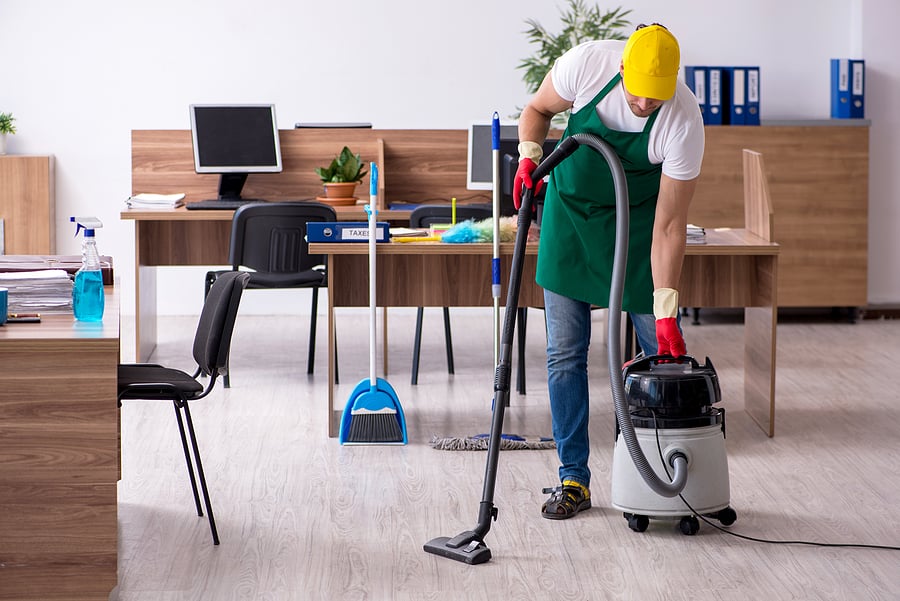School Visitor Management: What to include in a School Visitor Policy
What is the purpose of the school visitor policy?
A school’s visitor policy fulfils part of its overarching safeguarding responsibilities to ensure that all children and staff learn and work in a safe environment which isn’t accessible by unsuitable people. Documenting and sharing a visitor policy with staff, parents, carer, governors and other visitors gives everyone a clear process for bringing external visitors onto school premises. All staff should be made aware of this guidance and incorporate it into their day-to-day Visitor Management arrangements. A school website is the perfect place to communicate your visitor policy to the public as well as sending it to visitors before they arrive.
Your policy and procedures should include:
• definitions of the types of visitors you might receive and the processes they should follow
• a process for managing both planned and unplanned visitors
• vetting, disclosure and barring check requirements for visitors
Set Out Visitor Protocol Upon Arrival
A school visitor policy will define visitor protocol upon entering the building. This might include specific instructions for your school on:
Authorisation – who should be notified and approve visitors being invited on site?
Building Access – where should a visitor enter the building and what should they do once there? Are there some areas which are restricted for visitors?
ID – does a visitor need to bring any formal identification.
Visitor Check-In and Check-Out – how does a visitor check into the school, a visitor book and a software based check-in?. It’s also important to get visitors to check out so the records and fire list are correct and up to date
Visitor Data – what information is collected at check-in e.g.: name, organisation, purpose of visit, car registration?
Badges – are all visitors required to wear a visitor badge, will this include a photo and is there any lanyard colour system denoting different visitor categories?
Emergency Evacuation – how is the visitor kept informed about any emergency evacuation procedures and muster points?
Escorts – does the school expect the visitor to be hosted at all times until they leave the building?
Visitor Code of Conduct - your school policy should set out how you expect visitors to behave. This should include:
• A photography policy
• Guidance on acceptable contact with children outside the work environment and online
• A code of behaviour for working around children.
• The unacceptability of verbal abuse, aggression, or other form of inappropriate behaviour towards staff, or pupils.
Enforcement of Visitor Policy
There should be clear direction on how to deal with unauthorised visitors. Staff may be encouraged to challenge a visitor not wearing an appropriate badge. If a visitor does not comply, what is the escalation procedure, at what stage should a school involve police assistance.
Visitor Categorisation
There are a number of different types of legitimate visitors to a school and a school policy should identify different visitor types and define how each type will be managed. For example a school might operate an approved visitor list. Some useful categorisations laid out by the RSPCC are:
- Visitors who attend the school in connection with children and who have a professional role e.g. social workers, educational psychologist, SEND officers, targeted support workers or health related professionals.
- Visitors attending to work with children in roles such as peripatetic tutors, sports coaches.
- Visitors who attend the school in connection with the building, grounds or equipment i.e. builders, contractors, maintenance staff or IT workers.
- Other legitimate visitors e.g. parents, parent helpers, school governors.
These different visitors may have different requirements as regards checks and access. If you are contracting visitors who are employed by or volunteer with another organisation, statutory guidance states that you do not need to carry out your own vetting and barring checks. However, it’s best practice to get written confirmation that visitors have been recruited according to safer recruitment practices. Make sure you are satisfied that this meets your school’s safeguarding requirements. It’s best practice to do this in advance to avoid embarrassment and disappointment. Your visitors policy and procedures should clearly explain who is responsible for doing this and how.
Self-employed visitors may not be able to apply directly for their own vetting and barring check. They may ask your school to apply on their behalf. If you agree to this, you will need to check their eligibility and relevant documents.
If a visitor hasn’t undertaken the relevant vetting and barring checks, you should make a risk assessment about whether they can still work with children in your school and what measures need to be put in place. It’s best practice never to leave visitors without checks unsupervised.
If parents are visiting your school to attend an event, such as a parents evening, sports day or play, they do not need to undergo vetting and barring checks. But if parents and carers are acting in a voluntary capacity, for example as a classroom helper or school governor, the school should follow safer recruitment processes.

School visitors during coronavirus
UK schools are now able to welcome necessary visitors to support children, such as peripatetic staff, educational psychologists and counsellors. School visitor policies have been updated to protect against COVID and will no doubt continue to evolve with the latest government guidance. A policy should document and communicate the latest measures your school has in place which:
- keep the number of visitors to a minimum
- maintain social distancing
- maintain COVID protection hygiene
- fulfil visitor track and trace requirements
Every school wants to give all legitimate visitors a warm, friendly and professional welcome. They also have a legal duty of care for the health, safety, security and wellbeing of all pupils and staff. A documented visitor policy puts in place a clear protocol and procedure for the admittance of external visitors to the school which is understood by all staff, governors, visitors and parents and conforms to child protection and safeguarding guidelines.
About Lisa Robinson
Lisa - word smith to the gods.



